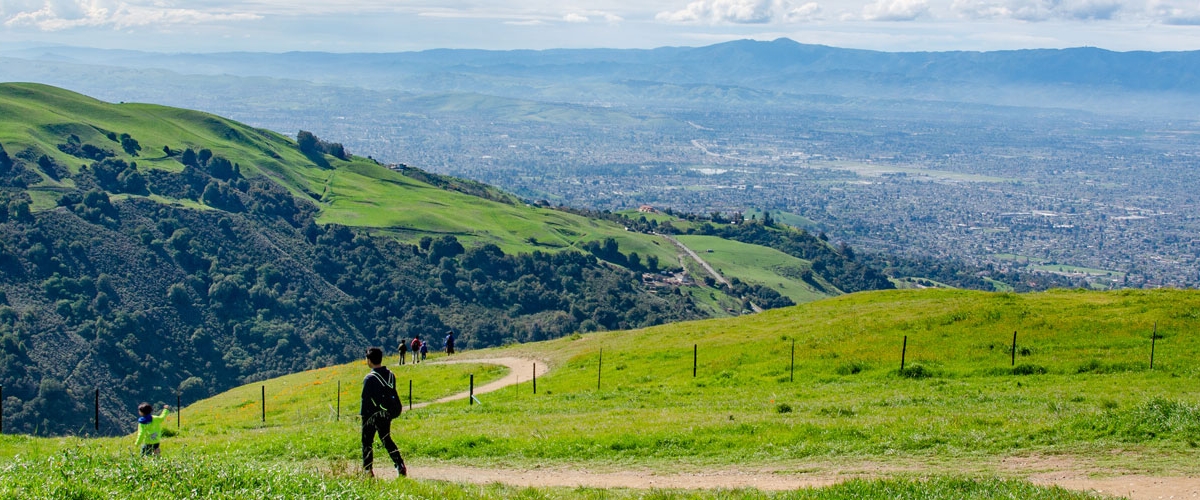
The Year 2020 brought into sharp focus, the inextricable link between planetary stewardship, climate change, health equity, and social justice (and most recently, even the resilience of our democratic systems). A “collision of crises” has awakened us to the realization that life is fragile, the planet is fragile, democracy is fragile, and everything is connected. The world-renowned primatologist, conservationist and activist Jane Goodall said, “The same disrespect for the natural world that caused COVID-19 is also driving the climate crisis.”
In March 2020, in the midst of a global health emergency and shelter in place orders brought on by COVID-19, the Open Space Authority shifted to operating as a virtual government agency while keeping its open space preserves open as an essential service to the public to increase the resilience of people and communities. This unprecedented pivot required significant teamwork, adaptation, and innovation at all levels of the agency. In 2020, we experienced a tremendous increase in visitation at our open space preserves, with over 635,000 visits, up from 325,000 in 2019 as our open space technicians rose to the challenge of providing an essential public service during COVID-19. Our creative staff started to produce virtual environmental programming and events to ensure all people could have safe access to the benefits of nature while COVID restrictions were in place. And the realization grew that now, more than ever, time spent in nature is essential to the health and well-being of people and communities.
In 2020, the Authority’s conservation work did not take a pause; in fact, the agency invested in the protection of an additional 2,209 acres of open space. The Authority continued to demonstrate its effectiveness at significantly leveraging its existing benefit assessment and parcel tax revenues of $12 million annually to attract millions of dollars of additional funds by partnering with state and local agencies, non-profit conservation partners and foundations to complete high priority land acquisition, restoration, public access planning, and open space improvement projects. Building on the landmark acquisition of almost 1,000 acres in North Coyote Valley in November 2019, the Authority and its partners worked tirelessly in 2020 to protect additional natural and working lands in the greater Coyote Valley Conservation Program Area, including the 1,861-acre Tilton Ranch and began planning efforts to realize the Coyote Valley conservation vision. Working closely with its public and private conservation and funding partners, the Authority moved closer in 2020 to assembling a seamless network of protected open space and agricultural land connecting Morgan Hill to South San Jose along the Fisher Creek floodplain and providing safe passage for wildlife moving between the Santa Cruz Mountains and Diablo Range.
The Authority and Santa Clara County also approved a $5 million partnership to purchase and preserve agricultural lands in the Coyote Valley and San Martin areas and acquired (jointly with the CA Department of Conservation) an agricultural conservation easement over the 97-acre Frantoio Grove Olive Orchard in San Martin, north of Gilroy.
In August 2020, the CZU and SCU Lightning Complex Fires burned on both sides of Silicon Valley and were unprecedented in size and intensity. Scientists have warned for years about the potential for such catastrophic events as the effects of climate change take hold. Fire suppression over many decades coupled with climate change effects on temperature and precipitation have created tinderbox conditions in the state and region’s wildland areas. To mitigate the most serious effects of intense climate-induced fires, we must work together going forward to deter development in the wildland-urban interface and implement adaptive approaches to managing fire in our forests, woodlands, and grasslands that buffer our suburban and urban areas.
And finally, a silver lining of 2020 saw the overwhelming approval of Measure T on the November 2020 ballot, which passed with 81% of the vote, one of the highest passage rates of countywide parks and open space measures nationally. This mandate made clear just how much Santa Clara County voters value protecting open space and having access to it, even (and especially) during a global pandemic and economic recession. With the generous support of voters, Measure T will provide ongoing funding for protecting open space, wildlife habitat, water resources, and local farmland; will support the management and stewardship of over 28,000 acres of open space; and will provide greater opportunities for equitable access to nature for all.
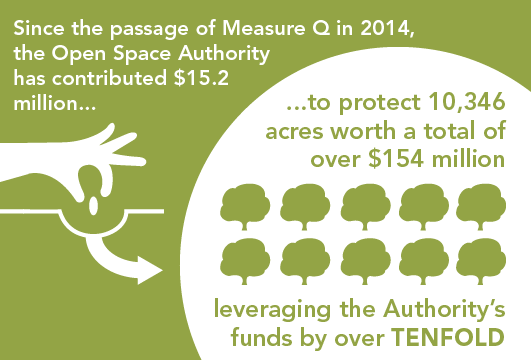
In light of the serious crises that 2020 threw at us, we at the Authority are dedicated to being part of innovative nature-based solutions to some of the most consequential challenges of our time. Only by working together thoughtfully, inclusively, and with a long-term planning horizon can we ensure current and future generations will inherit a livable planet. The time for action is now.
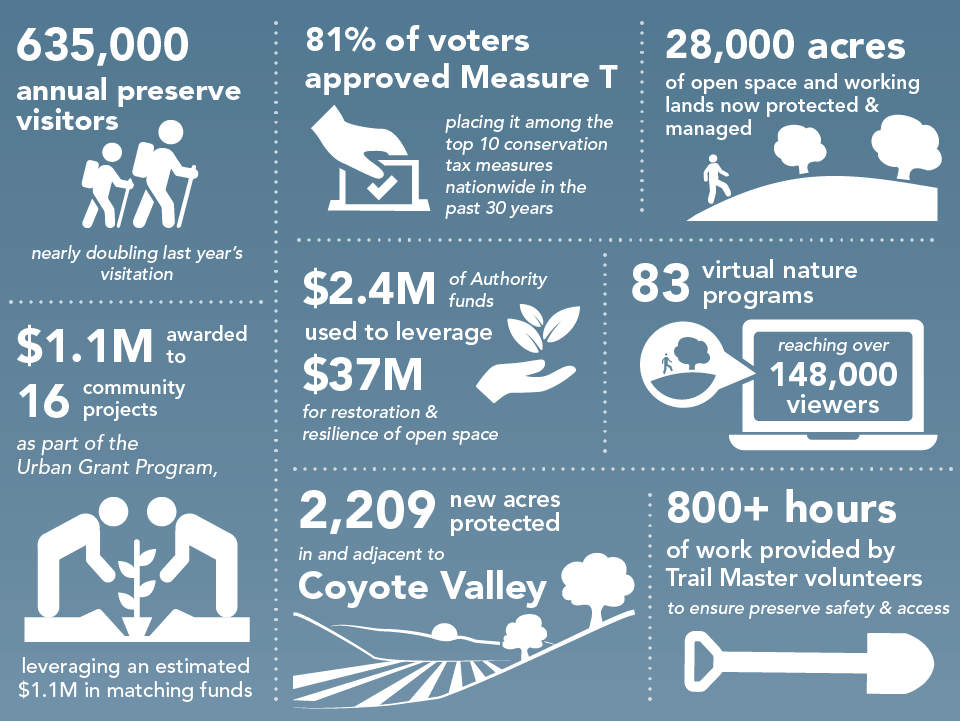

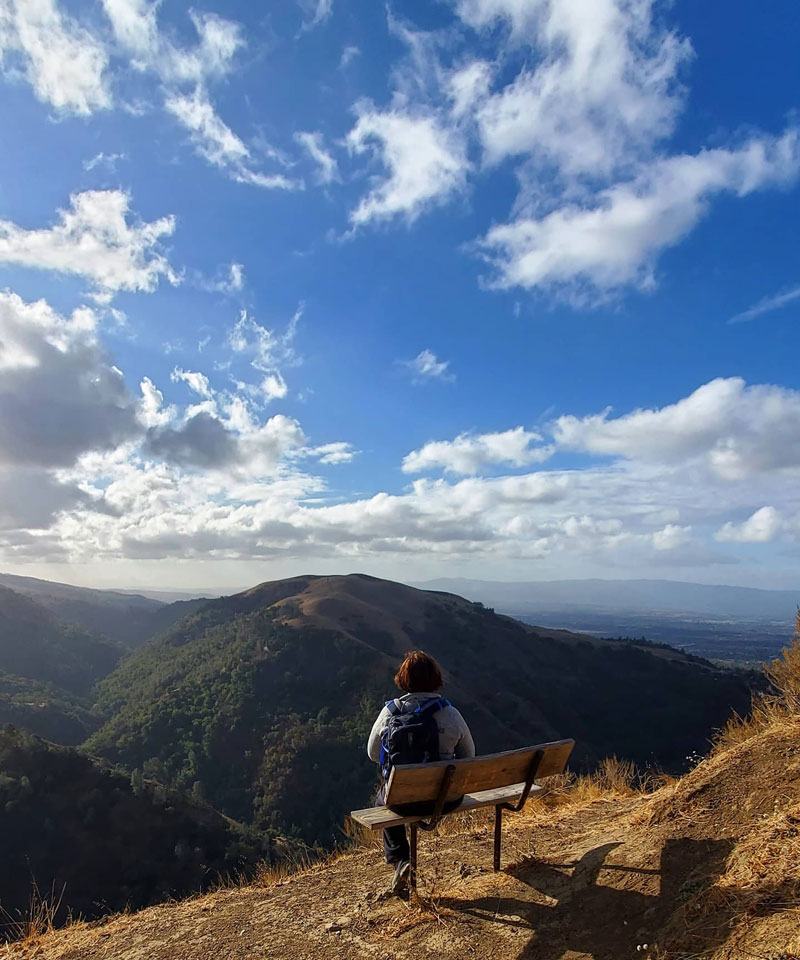
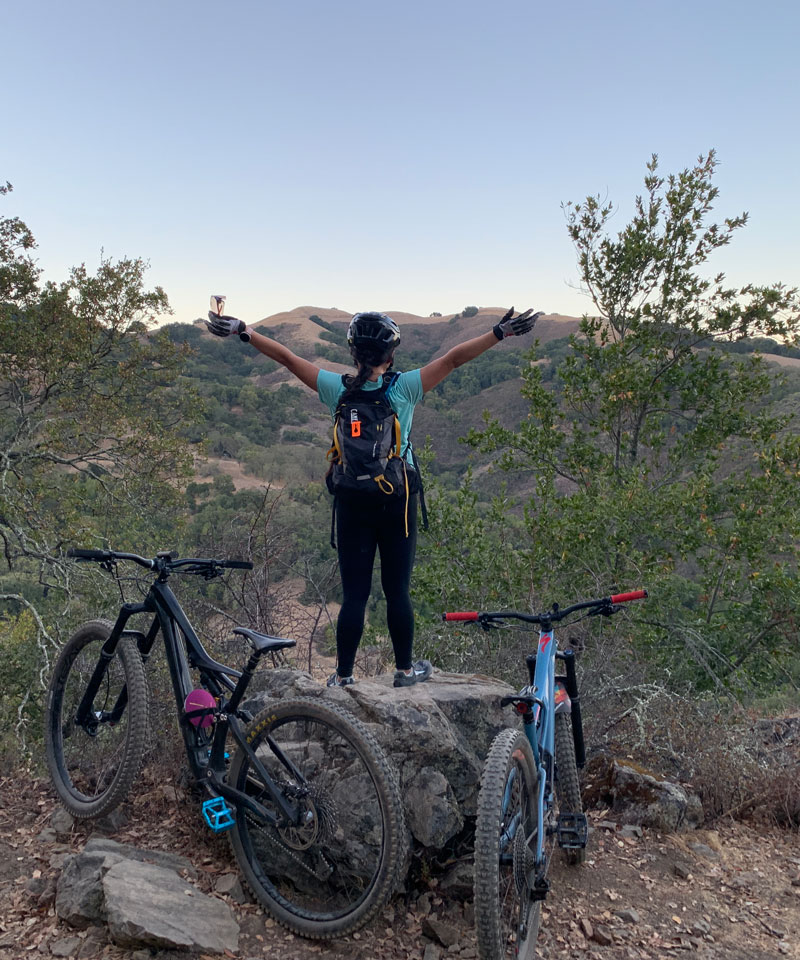
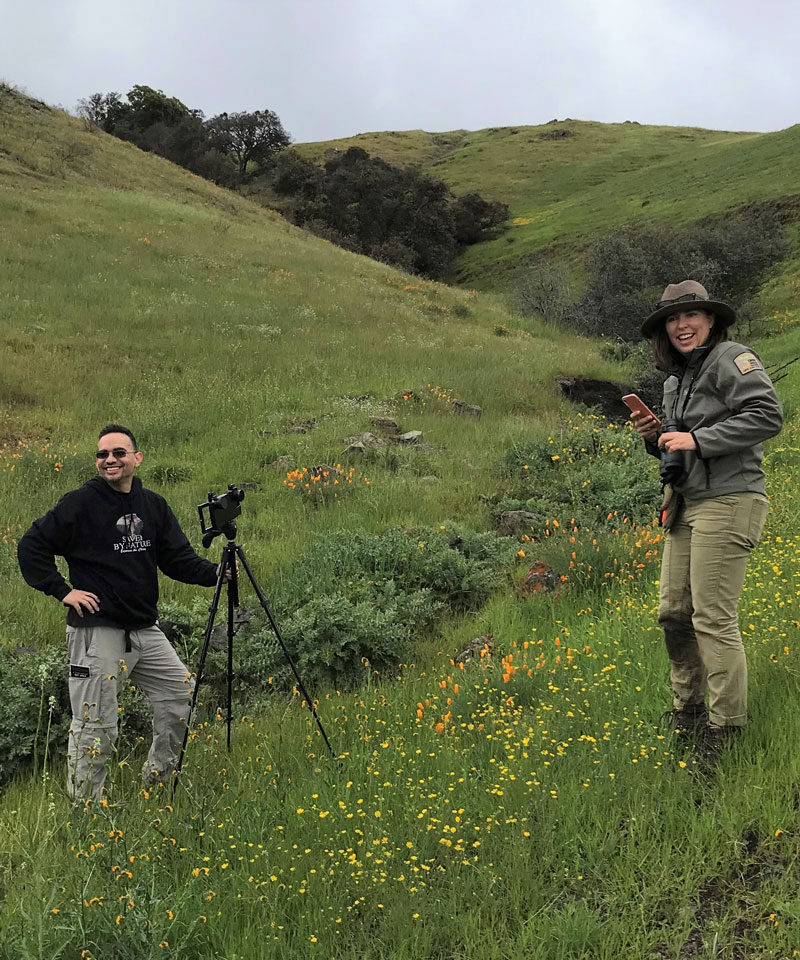
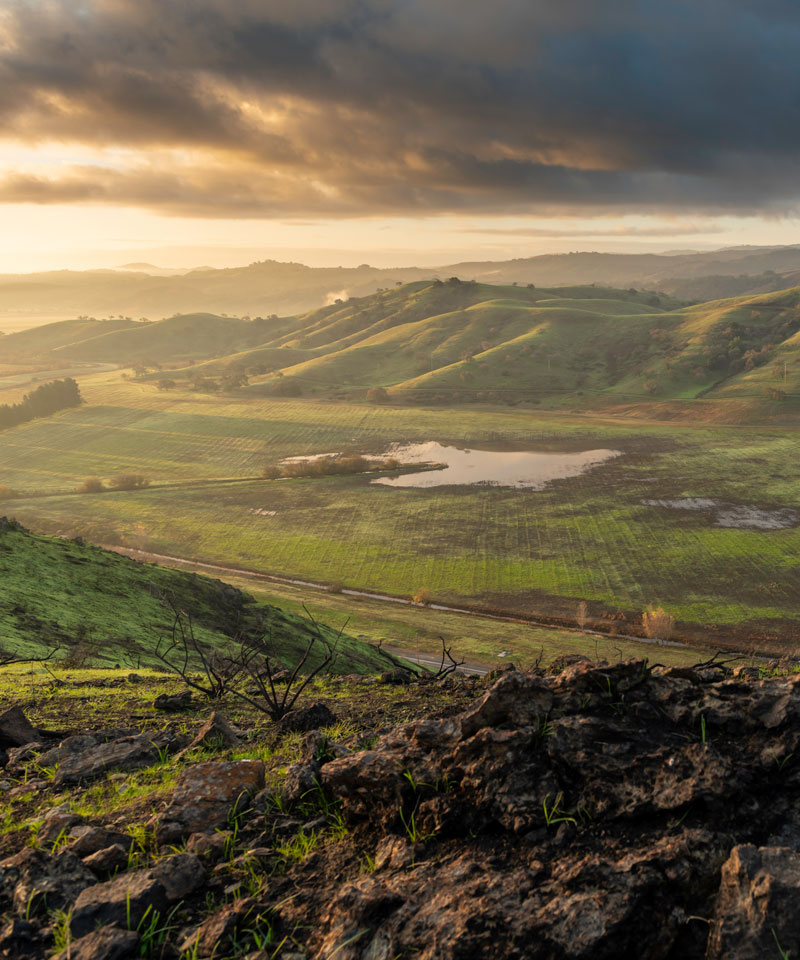
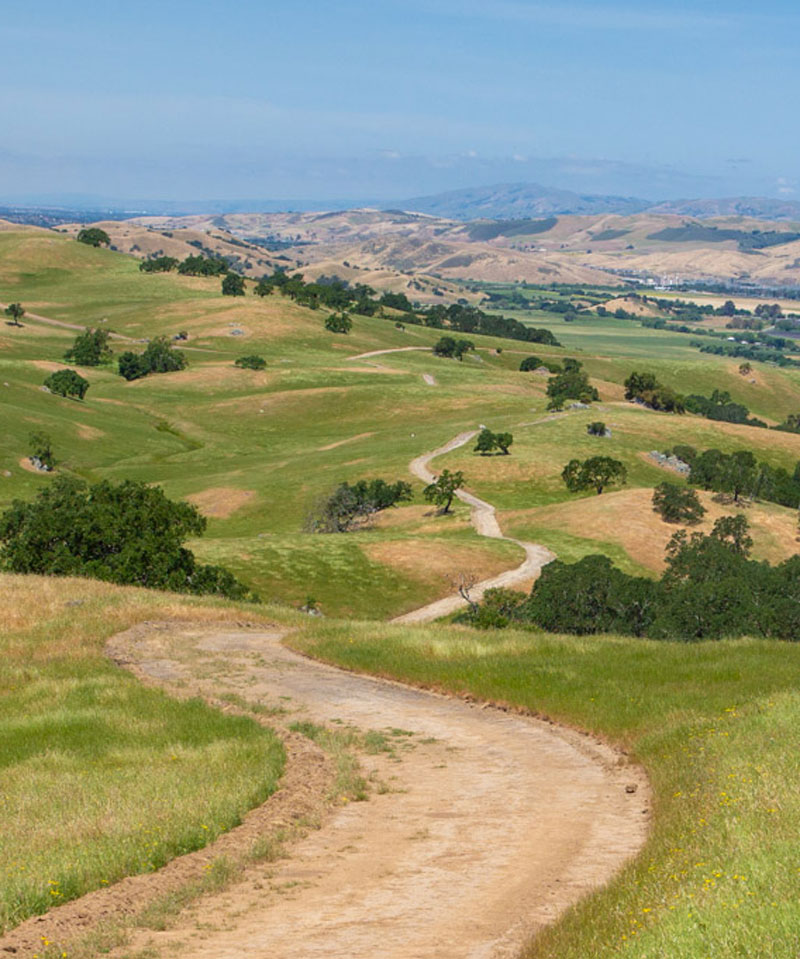
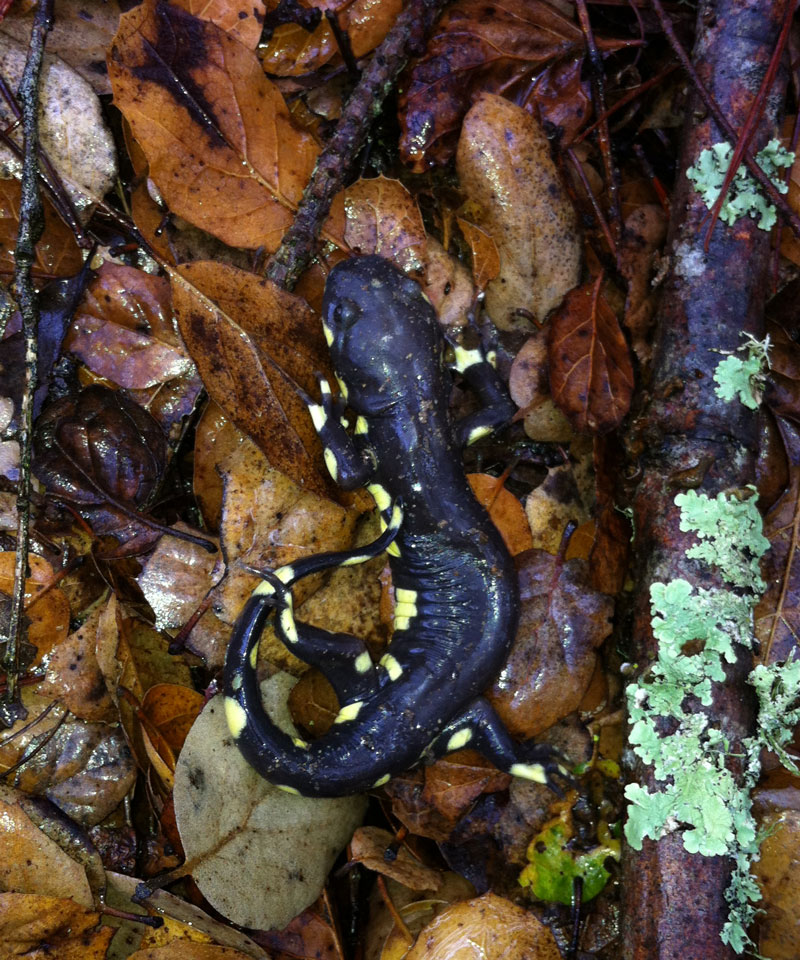


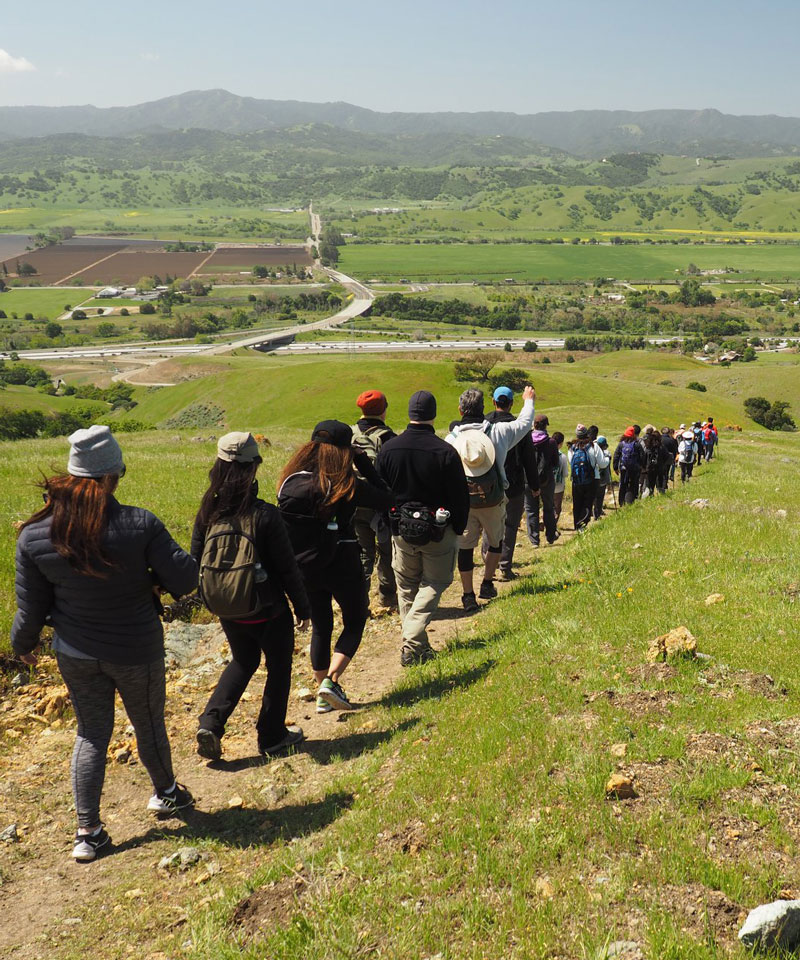
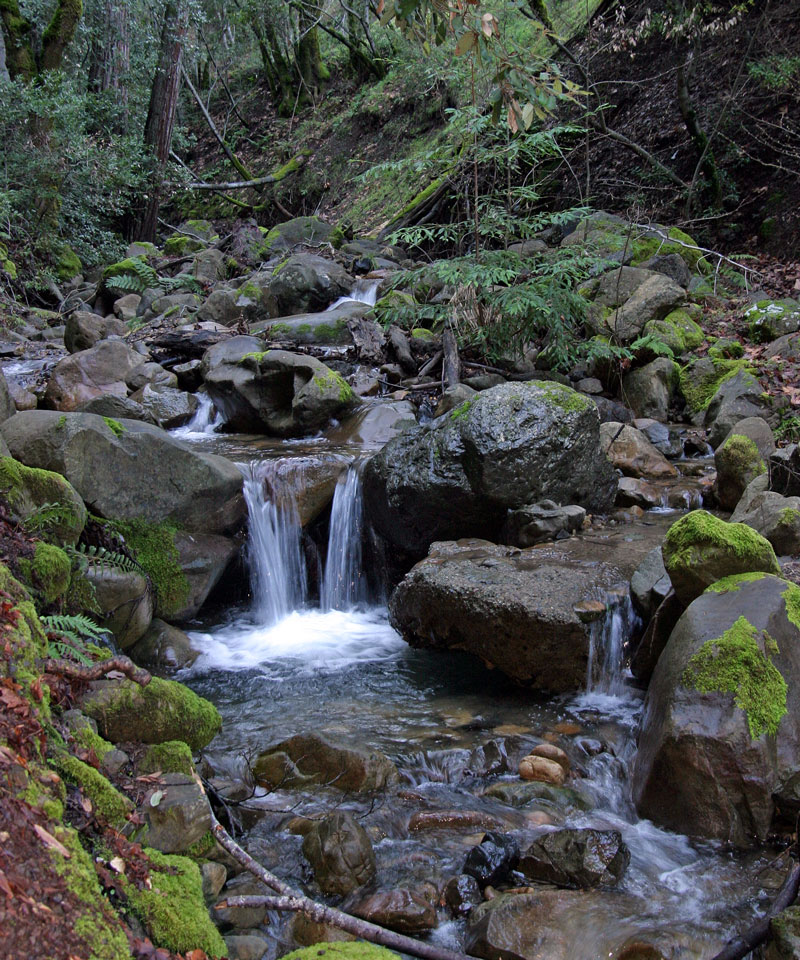
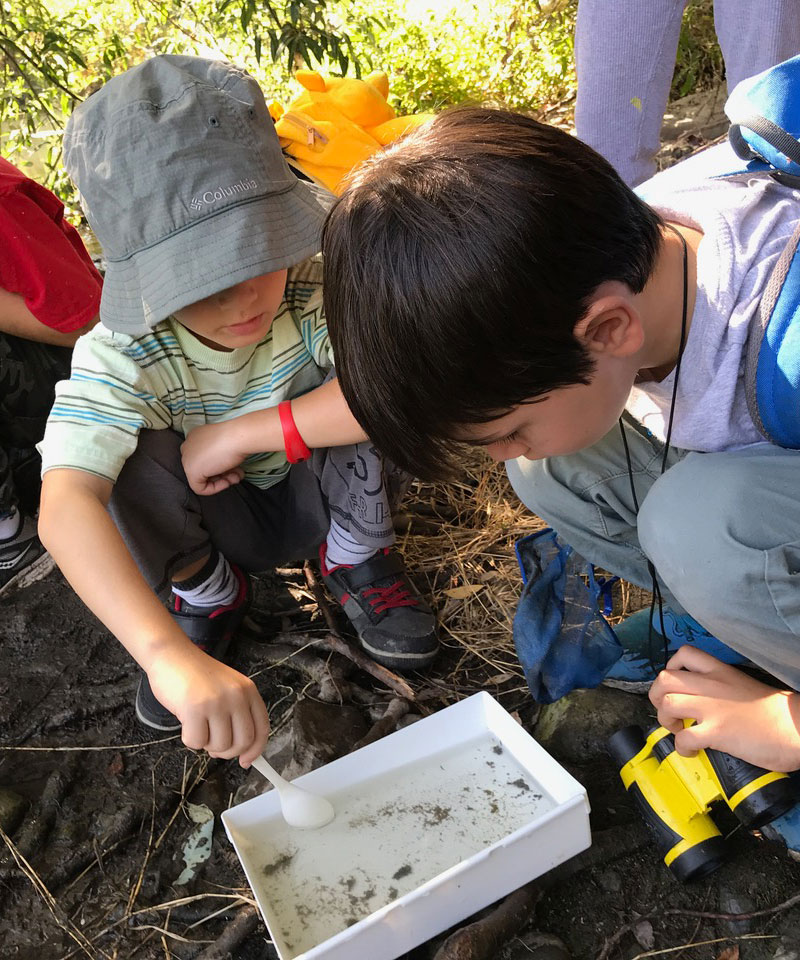
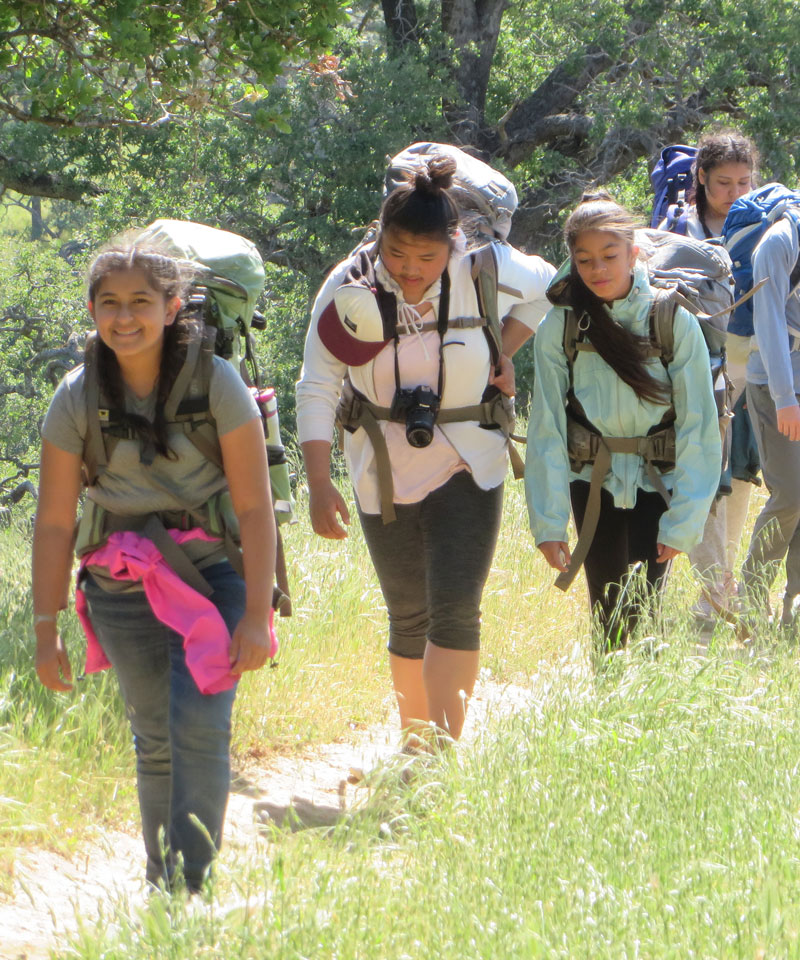
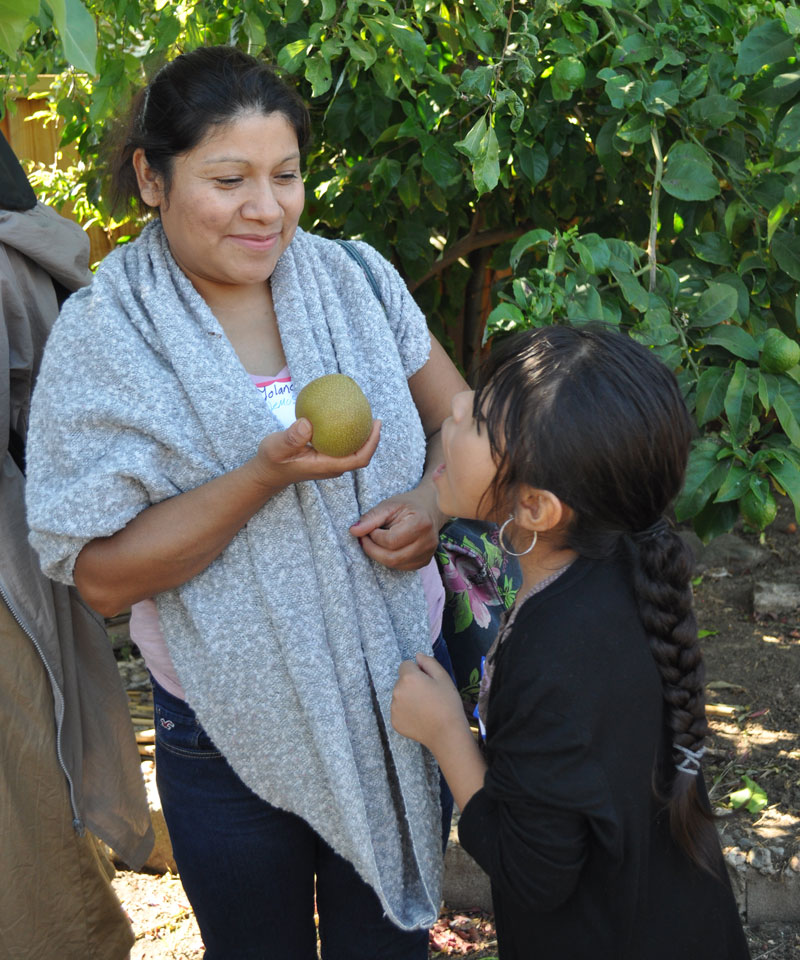

 The SALC program is also supported with funds from California Climate Investments, a statewide initiative that puts billions of Cap-and-Trade dollars to work reducing greenhouse gas emissions, strengthening the economy, and improving public health and the environment – particularly in disadvantaged communities. The transaction also leverages funding allocated to the Authority by a Memorandum of Understanding (MOU) recently approved by the Santa Clara County Board of Supervisors for the purchase of agricultural easements. This purchase supports the State’s, County’s, and Authority’s larger goal to protect local agriculture per the Santa Clara Valley Agricultural Plan. This SALC-funded agricultural conservation easement is the first of its kind in Santa Clara County, and effectively integrates both business interests and ecological benefits. “I’ve been here for years, and seen efforts like this made in the past, and now it’s finally done in a way that makes sense for the landowner,” said Jeff Martin, owner of Frantoio Grove. “This program feels exactly like what I’ve been waiting for – it opened a door that I could walk into.”
The SALC program is also supported with funds from California Climate Investments, a statewide initiative that puts billions of Cap-and-Trade dollars to work reducing greenhouse gas emissions, strengthening the economy, and improving public health and the environment – particularly in disadvantaged communities. The transaction also leverages funding allocated to the Authority by a Memorandum of Understanding (MOU) recently approved by the Santa Clara County Board of Supervisors for the purchase of agricultural easements. This purchase supports the State’s, County’s, and Authority’s larger goal to protect local agriculture per the Santa Clara Valley Agricultural Plan. This SALC-funded agricultural conservation easement is the first of its kind in Santa Clara County, and effectively integrates both business interests and ecological benefits. “I’ve been here for years, and seen efforts like this made in the past, and now it’s finally done in a way that makes sense for the landowner,” said Jeff Martin, owner of Frantoio Grove. “This program feels exactly like what I’ve been waiting for – it opened a door that I could walk into.” 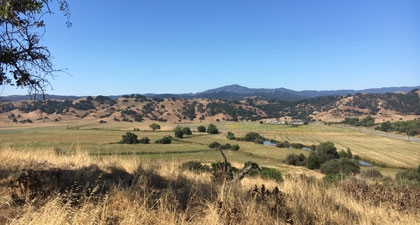
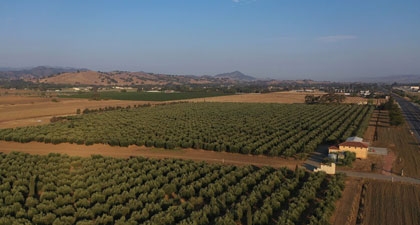
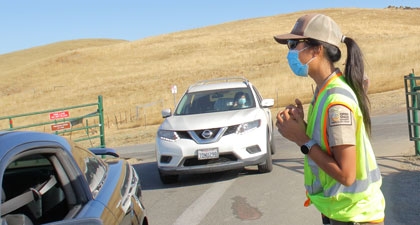
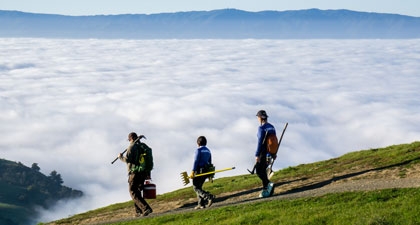
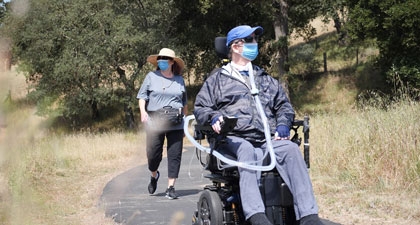
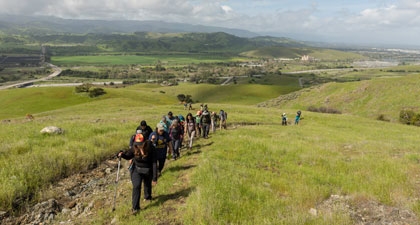
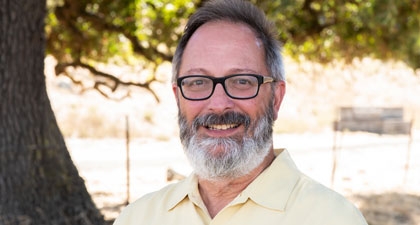
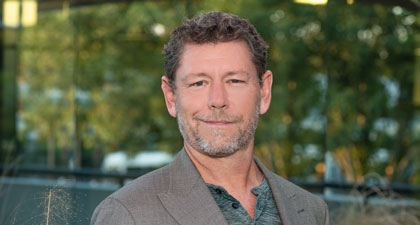
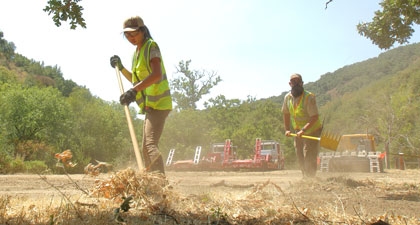
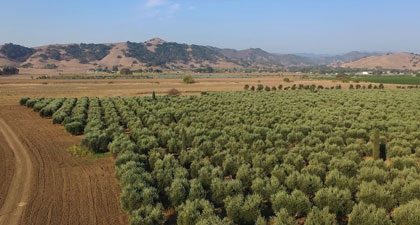
The Open Space Authority is primarily funded by a benefit assessment and an annual $24 parcel tax, with additional funding from grants and gifts. Financial reports and audits are released after the close of each fiscal year, and are available here.